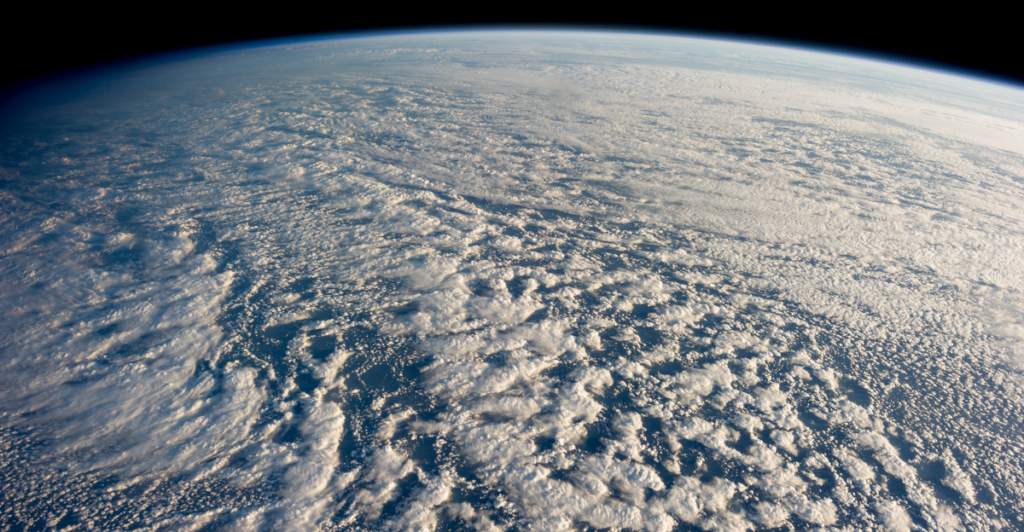
A groundbreaking study driven by researchers at the Massachusetts Institute of Technology(MIT) has confirmed with 95% statistical confidence that the Antarctic ozone layer is recovering, thanks to global efforts to phase out ozone-depleting chemicals. This discovery confirms the success of the Montreal Protocol and demonstrates that humanity can indeed reverse the damage we’ve already wreaked on our environment through coordinated action. The recovery has been linked directly to a decrease in chlorofluorocarbons (CFC) emissions, offering a glimmer of hope as the world grapples with broader climate issues.
The Ozone Crisis Emerges
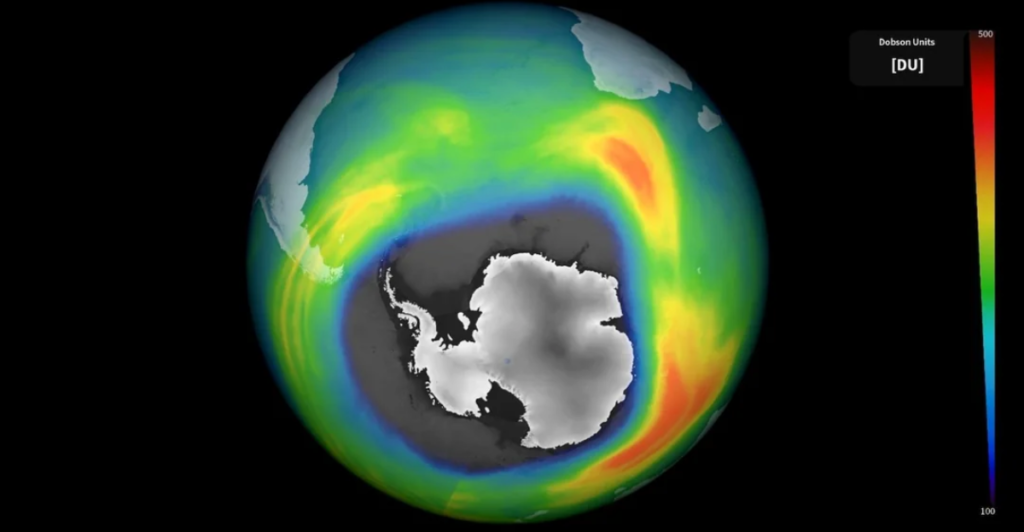
Discovered in the mid-1980s, the Antarctic ozone hole exposed the Earth to damaging ultraviolet (UV) radiation, raising skin cancer rates and altering ecosystems. By the late 20th century, scientists identified chlorofluorocarbons (CFCs) — used in refrigeration and aerosols — as the main cause of ozone destruction.
CFCs: The Invisible Culprit
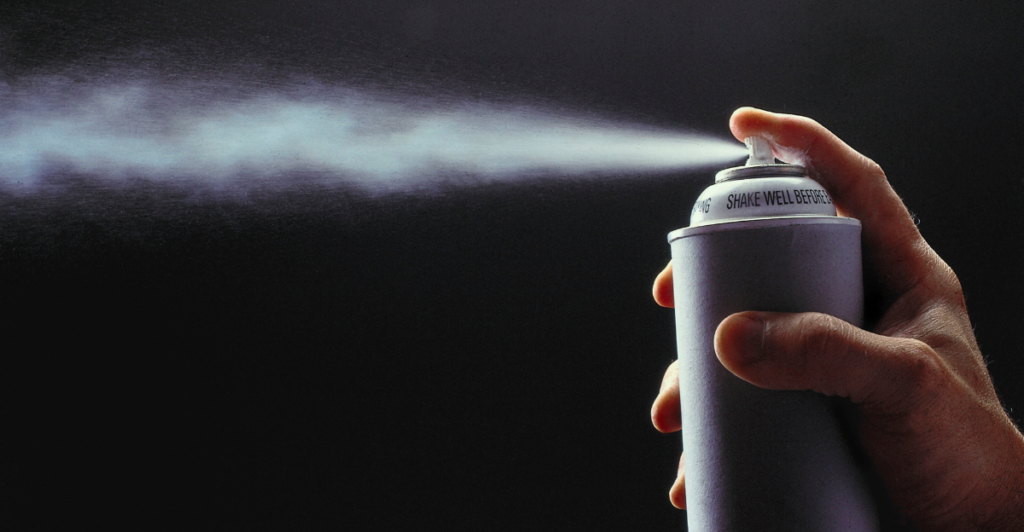
CFCs release chlorine atoms in the stratosphere, which break down ozone molecules. This process peaks during Antarctica’s spring (September–December), resulting in a seasonal “hole” each year. At its most extreme, the hole extended more than 22 million square kilometers, endangering health and agriculture worldwide.
The Montreal Protocol: A Global Turning Point

The global phaseout of CFCs and other ozone-depleting substances was mandated by the 1987 Montreal Protocol. The swift adoption of the treaty reflects a rare moment of international unity against environmental threats, as Susan Solomon, a leader in linking CFCs to ozone loss, observes.
Early Signs of Recovery

By 2016, researchers began to notice the ozone holes shrinking, particularly in September. However, there was uncertainty about whether this improvement resulted from decreased CFCs or due to natural climate patterns such as El Niño.
Quantifying Human Impact
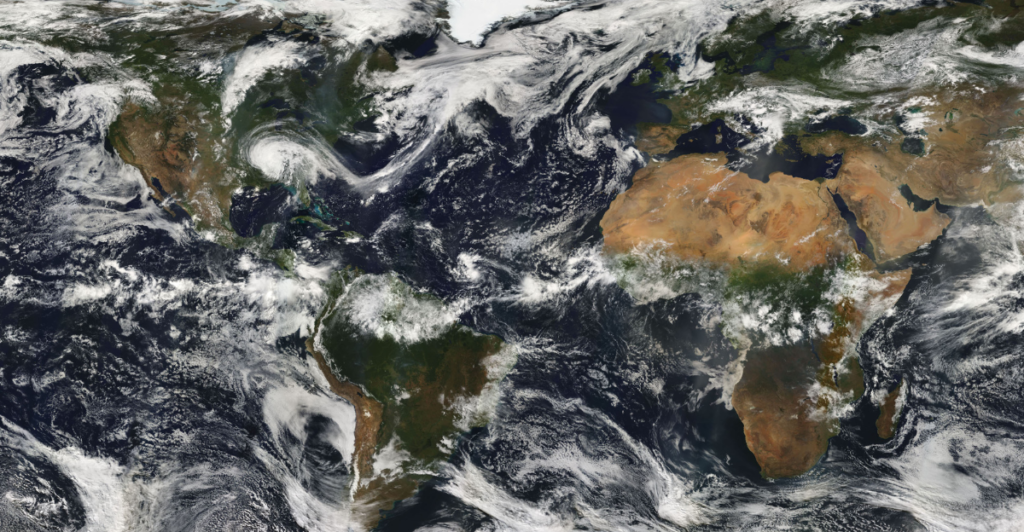
The MIT team used fingerprinting — a Nobel Prize-winning climate analysis technique — to isolate human-driven recovery. They modeled the atmosphere of Earth under scenarios with and without CFC reductions to discern a unique ozone recovery pathway that was driven by the enforcement of policy actions.
Methodology: Separating Signal From Noise
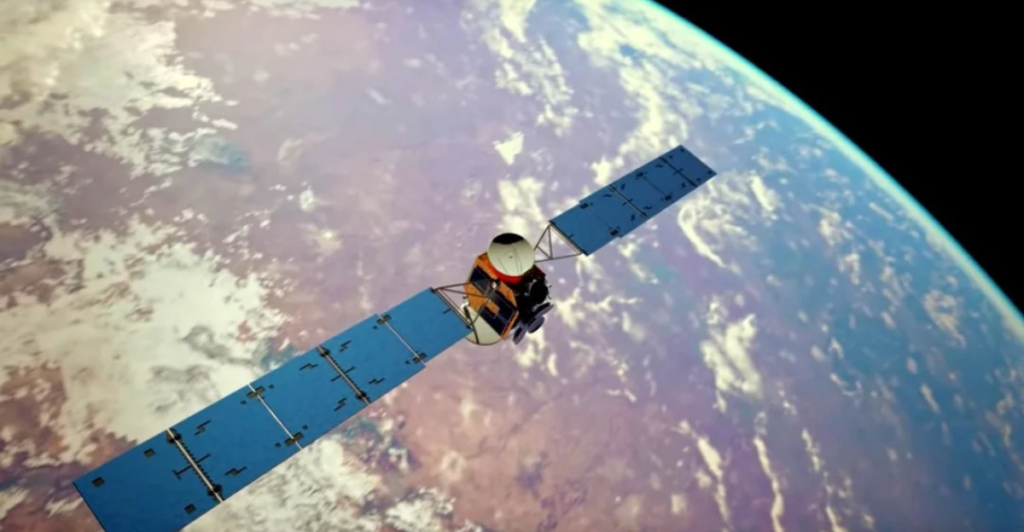
Using satellite data from 2005–2025, researchers compared data on observed ozone changes against climate models. The “fingerprint” of recovery emerged clearly where CFCs declined, ruling out natural variability or greenhouse gas effects.
Statistical Certainty Achieved
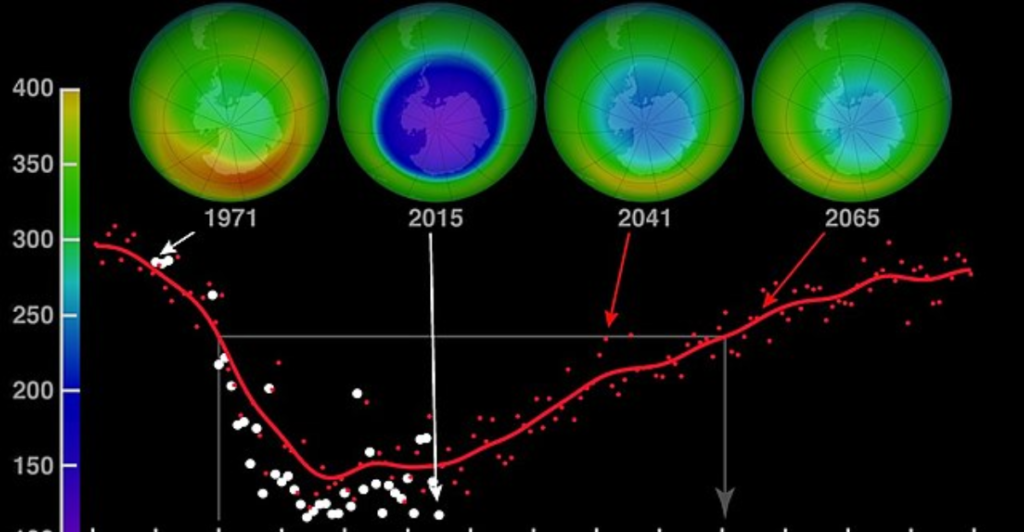
By 2018, the study’s 15-year dataset showed a 95% confidence level that ozone recovery is anthropogenic. Lead author Peidong Wang emphasized this statistical rigor: “The signal-to-noise ratio leaves little doubt.”
Why This Recovery Matters
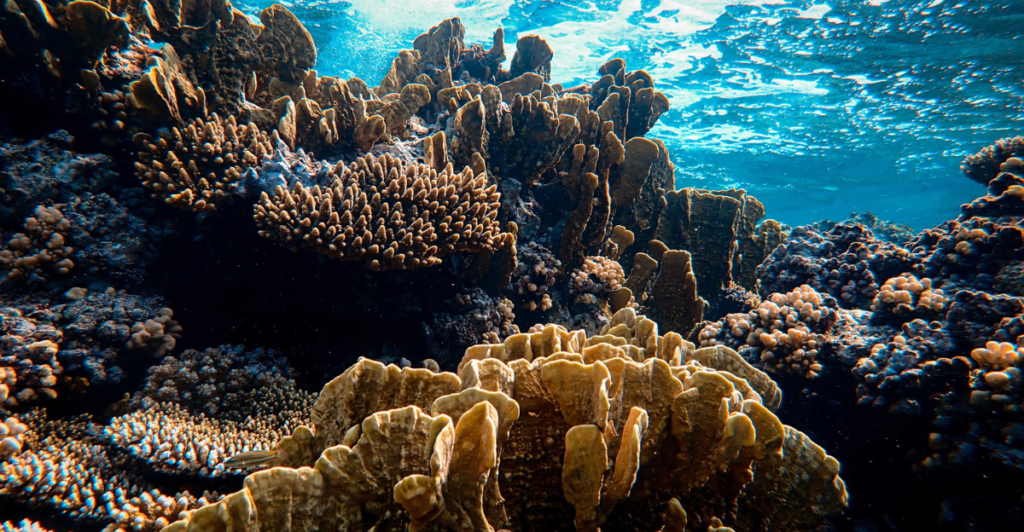
The recovering ozone layer prevents an estimated 2 million skin cancer cases a year and protects marine ecosystems. It also highlights the effectiveness of binding environmental treaties, contrasting with slower progress on climate change.
The Path to Full Recovery
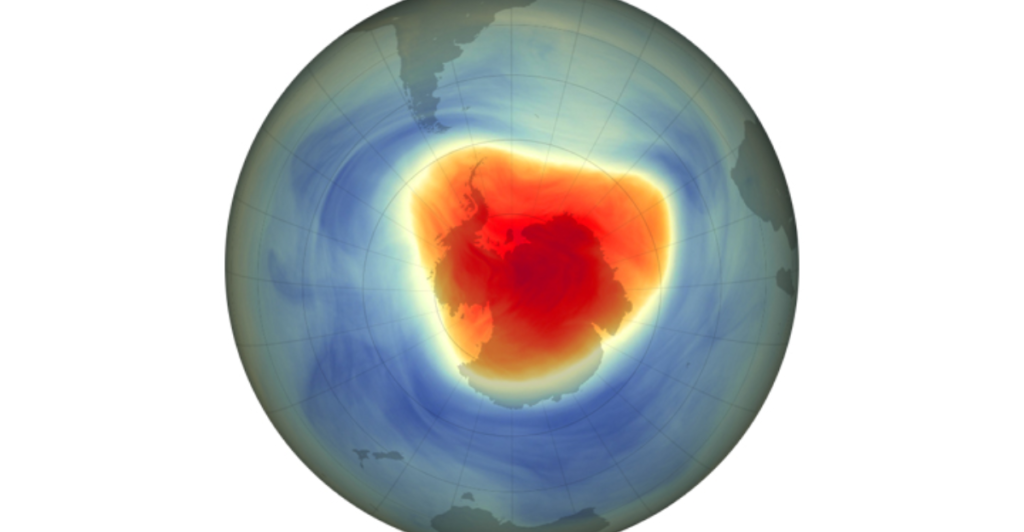
If current trends continue, the Antarctic ozone hole may eventually close for good by 2035. Solomon predicts sporadic years of complete closure before mid-century, calling it a “triumph of science and diplomacy.”
Lessons for Climate Action
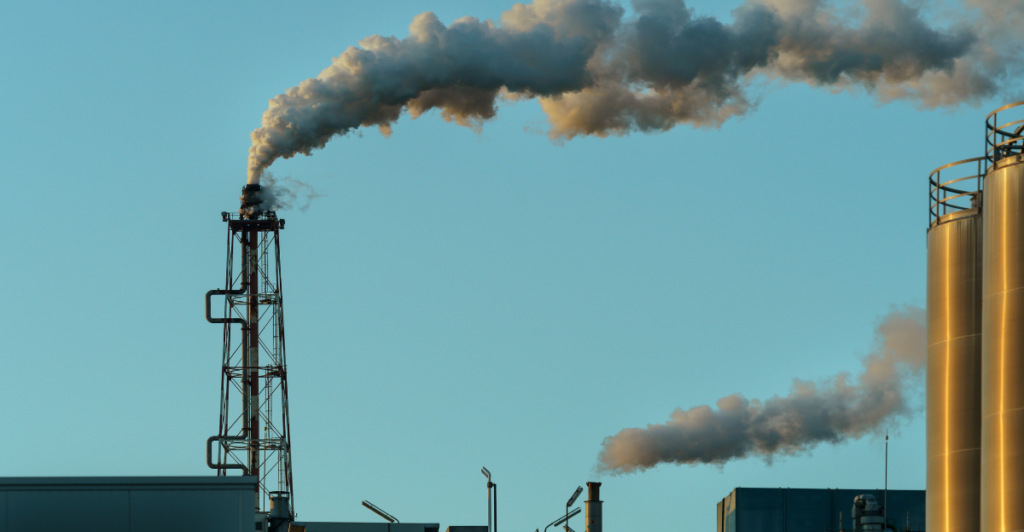
The Montreal Protocol’s success, along with a 99% drop in CFC production, is a blueprint for combating CO2 emissions. Wang illustrates how rapid global adherence maximized ozone repair.
Overcoming Past Skepticism

Early skepticism about the ozone-CFC connection is reminiscent of today’s climate discussions. The study’s strong attribution methods counter arguments that natural cycles alone drive environmental changes.
A Living Laboratory for Policies
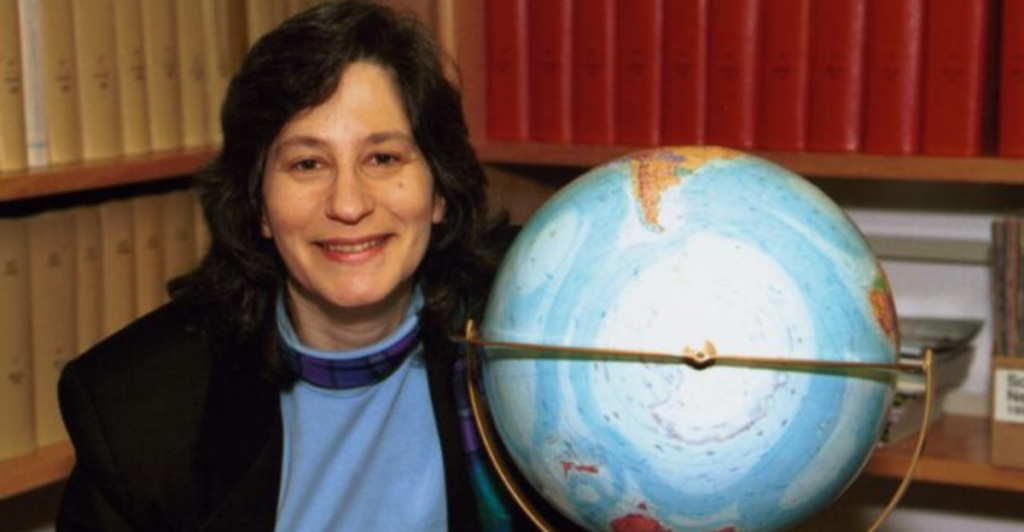
Ozone recovery demonstrates that scientifically backed treaties can yield measurable change. Solomon notes: “People did that—it shows we can solve problems when we act collectively.”
Looking Ahead

While researchers feel optimistic, they also caution against complacency. The ongoing problem of illegal CFC emissions and continuing atmospheric chlorine means vigilance remains vital. However, this victory gives hope for better environmental stewardship.
Collective Action Needed

Researchers said the ozone layer’s recovery is a testament to humanity’s ability to repair this kind of ecological damage through global efforts. As countries tackle climate change, this success story reminds us that science, policy, and collective action can forge to a sustainable future.
Explore more of our trending stories and hit Follow to keep them coming to your feed!

Don’t miss out on more stories like this! Hit the Follow button at the top of this article to stay updated with the latest news. Share your thoughts in the comments—we’d love to hear from you!







